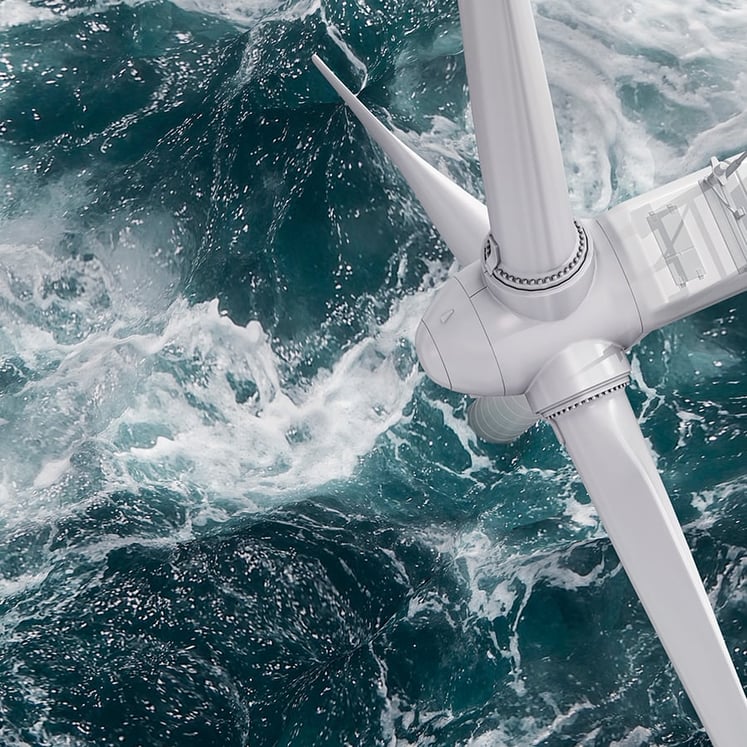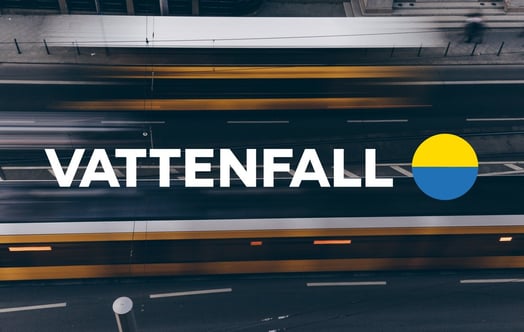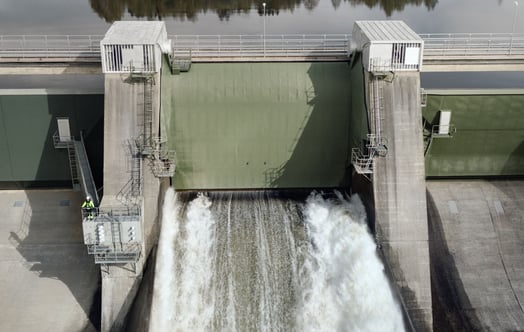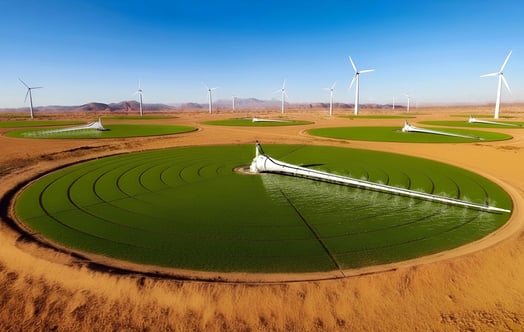To achieve the goals of the green transition, the EU’s energy system needs to be twice as flexible by 2030 as it was in 2023. Doable? Very much so! THE EDIT explains how this can be done and what solutions are available.

Every second of every day, energy is produced in a huge variety of different places and in different ways. And every second, energy is also used in a huge variety of places and in different ways. There is no natural law that ensures that the amount of energy produced matches the amount of energy used – that balance needs to be struck in the energy system.
Unlike traditional energy sources, renewable energy is intermittent, resulting in variations in the availability of energy. To create balance in the system and enable the green transition, flexibility is needed to manage these variations, balance demand and integrate decentralised sources of energy.
The potential is out there
Energy use varies considerably throughout the day and according to people’s activity. When the weather is cold, more heating is needed; and when it’s warm, air conditioning units run at full pelt. For example, on a typical July day in Sweden between 300 and 350 GWh of energy is used, and on a typical November day that figure is between 380 and 400 GWh.
However, energy production does not neatly follow such patterns. In fact, it’s the opposite when it comes to weather, which means that the need for flexibility increases as the proportion of wind and solar power in the system grows.
According to a report by the European Environment Agency and the European Union Agency for Cooperation of Energy (ACER), the EU’s energy system needs to be twice as flexible in 2030 as it was in 2023 to achieve the goals of the green transition. This should be possible given all the potential that exists in the use, production and storage of energy. To get there, all actors in the system need to help.
Flexible use, flexible production
One way to do this is to use a variety of solutions in smart homes. There are ways to control processes so that water heaters, washing machines and electric car chargers, for example, operate when demand in the grid is lower.
Earlier this autumn, European energy regulators published a report on the importance of end-customers being given opportunities and incentives to shift their energy use to times of reduced demand. Only 50 per cent of households across the EU currently have smart electricity metres that are necessary to have quarterly or hourly price electricity agreements and thus be able to adjust their use to when electricity is cheapest. In other words, there is massive potential here.
It may sound the wrong way round, but there are also times when energy production has to be reduced to maintain balance in the grid. Even renewables such as wind power may therefore need to have reduction-control functions, and it is important to have access to reliable forecasting tools to know when it may be necessary to reduce production.
Occasionally, wind turbines also need to be shut down for safety reasons, such as in storm. Hydropower is easier to control, for example by closing hatches so that less water passes through turbines, turning off a turbine or simply holding the water behind the dams.
The importance of energy storage
In addition to production and use, another key aspect of the energy system are the various energy storage technologies that are out there. Hydro power has of course the biggest capacity, especially in Sweden and similar countries.
Batteries are also becoming an important part of the energy system. Stationary battery storage has seen exponential growth in recent years, with total capacity almost tripling in 2023 on the previous year. Battery storage helps companies reduce their own energy costs and support the energy system with flexibility services. Battery storage also provides protection from possible power outages.
Furthermore, batteries are an attractive option for households that have installed solar panels. The grid may not have capacity for all the solar energy that households produce on especially sunny days, so this energy could instead be stored in batteries and used by households when production levels are lower.
Vehicle-to-grid technology, in which electric car batteries are used to create balance in the system, also offer greater flexibility. Transferring large amounts of power for a short period of time from an electric car battery to the grid can help maintain balance when there is a shortage of capacity; and if there is a surplus, charging capacity can be increased. Local electricity grids can also be supported by transferring a small of amount of power for long periods of time.
Another storage method, especially when looking into a not too distant future, is hydrogen, which is usually produced by electrolysis when water is split into hydrogen and oxygen. Hydrogen is an important piece in the puzzle for the energy transition when looking into hard-to-abate sectors such as steel, plastics and also fuels. It can also be converted back into energy. When hydrogen gas is allowed to react with oxygen in a so-called fuel cell, electricity is generated. The process also generates heat, which can be recovered and used for applications such as district heating.
Interconnected networks for greater flexibility
Connecting electricity grids in different regions and countries to a greater degree improves flexibility because this creates a broader basis for energy production and use. A region that temporarily overproduces energy is able to send excess energy to a region experiencing a deficit, for example. Today, around 90 per cent of Europe’s energy grid is interconnected, and countries are more able to quickly exchange electricity based on changes in supply and demand.
Local solutions exist to connect small-scale energy producers and consumers to increase flexibility in smaller areas. One such solution is microgrids, which are small, local power grids that can be operated in conjunction with larger power grids or independently of them. Microgrids integrate local energy sources such as solar cells and wind power with energy storage and smart control, enabling more efficient energy use and increased resilience.
Although the overall share of microgrids in Europe’s energy supply is still relatively small, their importance is expected to increase as the technology matures and more projects are implemented.
Register for our monthly newsletter THE EDIT
THE EDIT is Vattenfall's new monthly newsletter. Each issue highlights a new burning issue from the world of sustainable energy and fossil freedom.




